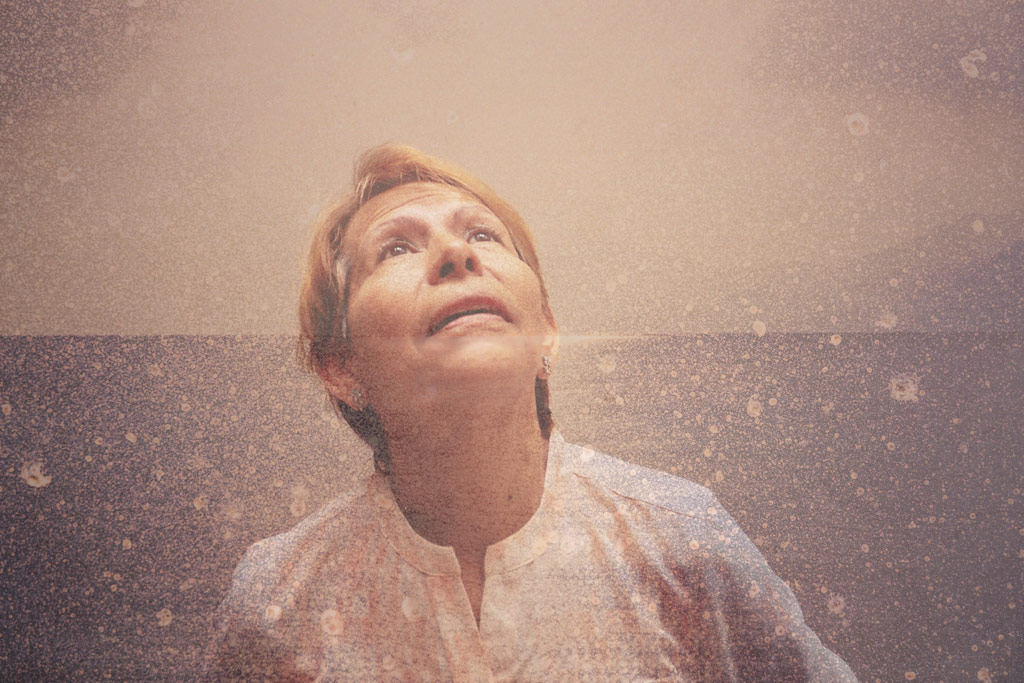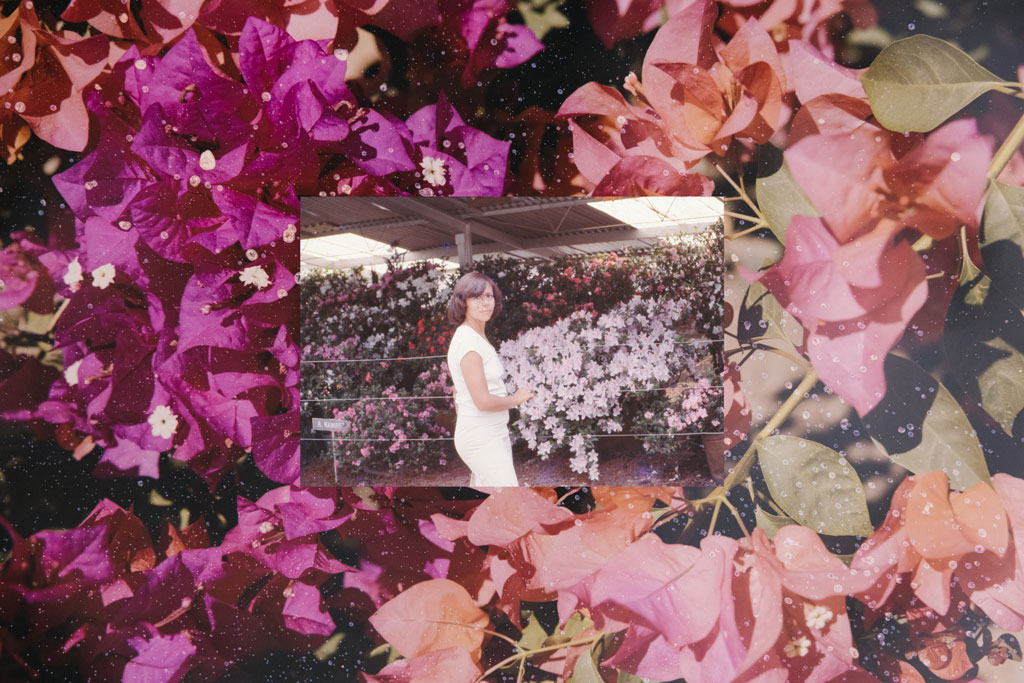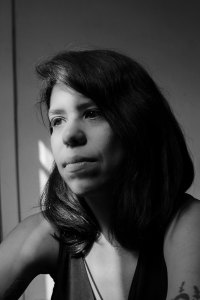Isabella Ruffatti talks to Alicia Vera about how documentary photography has helped her process her mother’s Alzheimer’s diagnosis and keep their connection alive.
Before working on her photo story ‘Va a Llover Toda la Noche’, which translates from Spanish to ‘It’s Going to Rain all Night’, photographer Alicia Vera hadn’t worked on anything particularly personal. When she decides to document something, she tells me, this often comes from her own personal curiosity, but while there’s self-exploration involved, it’s not about her.
It’s Going to Rain all Night is something else in the fact that it focuses on Alicia’s mother, who has Alzheimer’s disease, which is characterised by memory loss and declining cognitive function, and Alicia’s own grief brought about by a gradual loss of her mother as she knew her. She adds that even though her mother is currently in the milder stages of Alzheimer’s, it’s hard to have a whole conversation with her.
This propelled her to start going through old emails to try to remember how their conversations used to be. This hit a chord with Alicia: ‘I started screenshotting them and seeing what can I do with this and pairing them with images that I had already taken, which are on film which I felt are a little more nostalgic and simultaneously using archival images.’
And luckily, she had several of these. She says: ‘My parents basically gave me boxes and boxes of slides of film and they told me, “Oh, they’re getting mouldy. Can you please scan them?” For me it was really exciting to discover these photographs. I realised that most of my mom’s travels overlapped with mine from Mexico City and a lot of the landscapes that she had in her images were a lot of the landscapes that I was photographing here in Mexico.’
The next step was to figure out a way to connect the two of them through these photographs; and just collaging them on top of each other didn’t feel like enough to her. She reveals: ‘I started thinking about how I could manipulate a physical image, so some of the photographs I would print and then I would take bleach to them and just spray them and see what would happen.’
This approach differs from Alicia’s usual work, which can be described as photojournalistic. She also does commercial photography, but her photographs for this project are definitely quite different in both subject matter and in the way they were made. She realised that while she could capture emotion in photojournalistic-type images, they wouldn’t necessarily be accurate and she wanted to capture internal emotion. Allowing her mother to keep her dignity was also really important for Alicia and to do that, she decided to steer away from straight photojournalism-type images.

Mom in Mexico City, a year prior to her Alzheimer’s diagnosis. She was already showing symptoms – misplacing things, withdrawing from social activities, changes in her mood and increased memory loss. Photo credit: Alicia Vera
The result is an ongoing project of 18 images that feels more like it’s somewhere in between fine art photography and documentary photography. It is a mix of collage, bleached photographs, screenshots of old emails and texts, archival imagery and visual metaphors. When looking at brain scans of people with Alzheimer’s and dementia, Alicia realised that the texture of her photos looked really similar.
When I asked her about the title of her project, Alicia recalls a habit her mother had of leaving her little notes and pasting them on the wall of Alicia’s childhood bedroom in their home back in Miami. One of these read, ‘Va a Llover Toda la Noche’/’It’s Going to Rain all Night.’
She explains: ‘I kind of kept it, not really thinking much of it until I found it again and it was kind of like a perfect metaphor for how I’m feeling.’
What is documentary photography?
Documentary photography is a style of photography that attempts to record people, places, objects and events as they are. It overlaps with many other types of photography. For example: photojournalism, street photography, fine art photography, landscape photography and more.
What is the difference between documentary photography and photojournalism?
While there is a significant overlap between the two and it is arguable whether there really is a difference, documentary photography projects are usually longer term and tell more complex stories (which is why they are sometimes called photo stories or photo essays). Photojournalism tends to focus on breaking news stories.
What equipment is used for documentary photography?
Photojournalists tend to favour small, fast cameras because this is a very useful when keeping up with a news cycle that moves as fast or faster. Documentary photography tends to be slower so these constraints don’t necessarily apply, with some documentary photographers even using film cameras for their projects.
For more, check out our picks of the best cameras for photojournalism and documentary photography.
About Alicia Vera
Ever since she first fell in love with photography as a teenager, Alicia Vera’s curiosity has taken her to many places. She documented sex workers in San Francisco, explored her native Miami with her camera and a fresh perspective and moved to Mexico City to reconnect with her Mexican roots. She is currently based in Mexico City and Miami.
In 2013 she won the Getty Images Emerging Talent Award and since then has had her photos published in National Geographic, The Guardian, Buzzfeed News, Vice, The New York Times and more. See more of Alicia’s work on her website and Instagram.
Related articles:
- International Women’s Day 2023: Top female photographers to follow
- Complete guide to Portrait photography – How to get started
- Top fine art portrait photography tips
- Hannah Starkey: Redefining the representation of women










